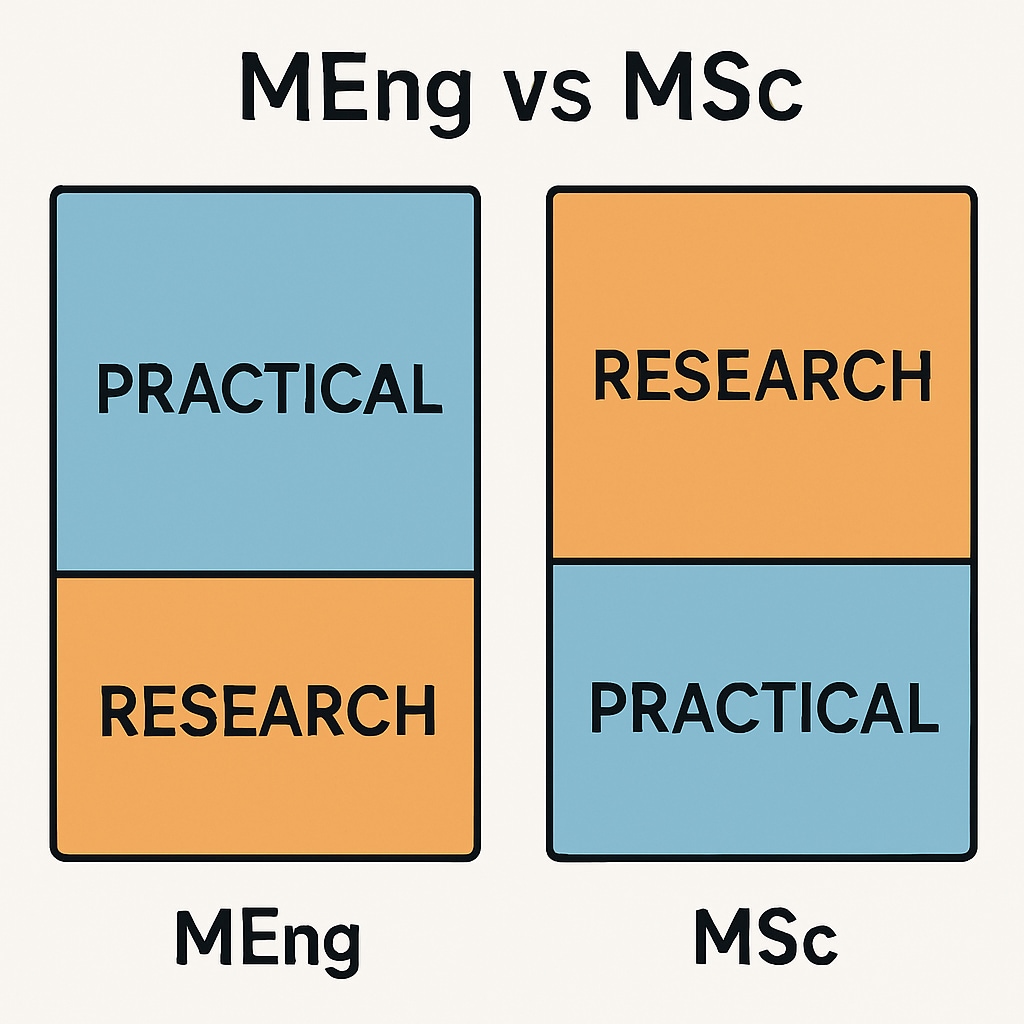Design engineering, master’s degree, and career development are interconnected paths that shape aspiring engineers’ futures. But how can we set students up for success from an early age? By cultivating engineering design thinking during the K-12 education years, we can equip them with problem-solving abilities and innovative mindsets necessary for their academic and career journeys. This article delves into the significance of early exposure to STEM concepts, strategies for fostering engineering thinking, and the implications for pursuing advanced degrees like MEng and MSc.
The Importance of Engineering Design Thinking in K-12 Education
Engineering design thinking is a systematic approach to solving complex problems creatively. It involves brainstorming, prototyping, testing, and iterating solutions—a skill set vital for success in design engineering and other STEM fields. Introducing these concepts during K-12 education provides students with early exposure to practical problem-solving and creative innovation.
For example, hands-on activities like building simple machines or programming robots in STEM classes can spark curiosity and interest. Additionally, interdisciplinary projects combining science, technology, engineering, and mathematics enable students to connect theoretical knowledge with real-world applications. As a result, students develop foundational skills that prepare them for the rigors of advanced education and professional careers.

Fostering Skills for Future Academic and Career Choices
In addition to technical skills, K-12 education should emphasize soft skills that align with engineering principles. Collaboration, communication, and critical thinking are integral to addressing real-world challenges. Teachers can achieve this by incorporating group projects, encouraging discussions, and promoting inquiry-based learning.
Moreover, exposure to engineering role models and career pathways during this stage can inspire students to pursue advanced degrees like MEng (Master of Engineering) or MSc (Master of Science). Understanding the distinction between these degrees—MEng focusing more on practical applications and MSc emphasizing research—helps students align their interests with suitable academic programs. For detailed comparisons, platforms like Wikipedia’s page on Master of Engineering offer valuable insights.

Implications for Career Development
Early exposure to engineering concepts doesn’t just prepare students for academic success; it also shapes their professional trajectories. Graduates with an MEng or MSc in design engineering often pursue careers in industries such as aerospace, automotive, renewable energy, and technology. The skills they develop—problem-solving, innovation, and adaptability—are highly sought after in these sectors.
For instance, companies increasingly value professionals who can integrate engineering principles with creative design to develop sustainable solutions. According to Britannica’s overview of engineering, adaptability and interdisciplinary knowledge are key attributes for modern engineers. By laying the groundwork for these qualities during K-12 education, students can confidently progress toward fulfilling careers.
Ultimately, creating opportunities for young learners to engage with engineering design thinking is an investment in future innovators. As educators, policymakers, and parents, our collective efforts can ensure that students are equipped to succeed academically and professionally.
Readability guidance: This article uses short paragraphs, active voice, and accessible language to ensure clarity. Lists and examples are incorporated to summarize key points, while external links provide further authoritative resources.


